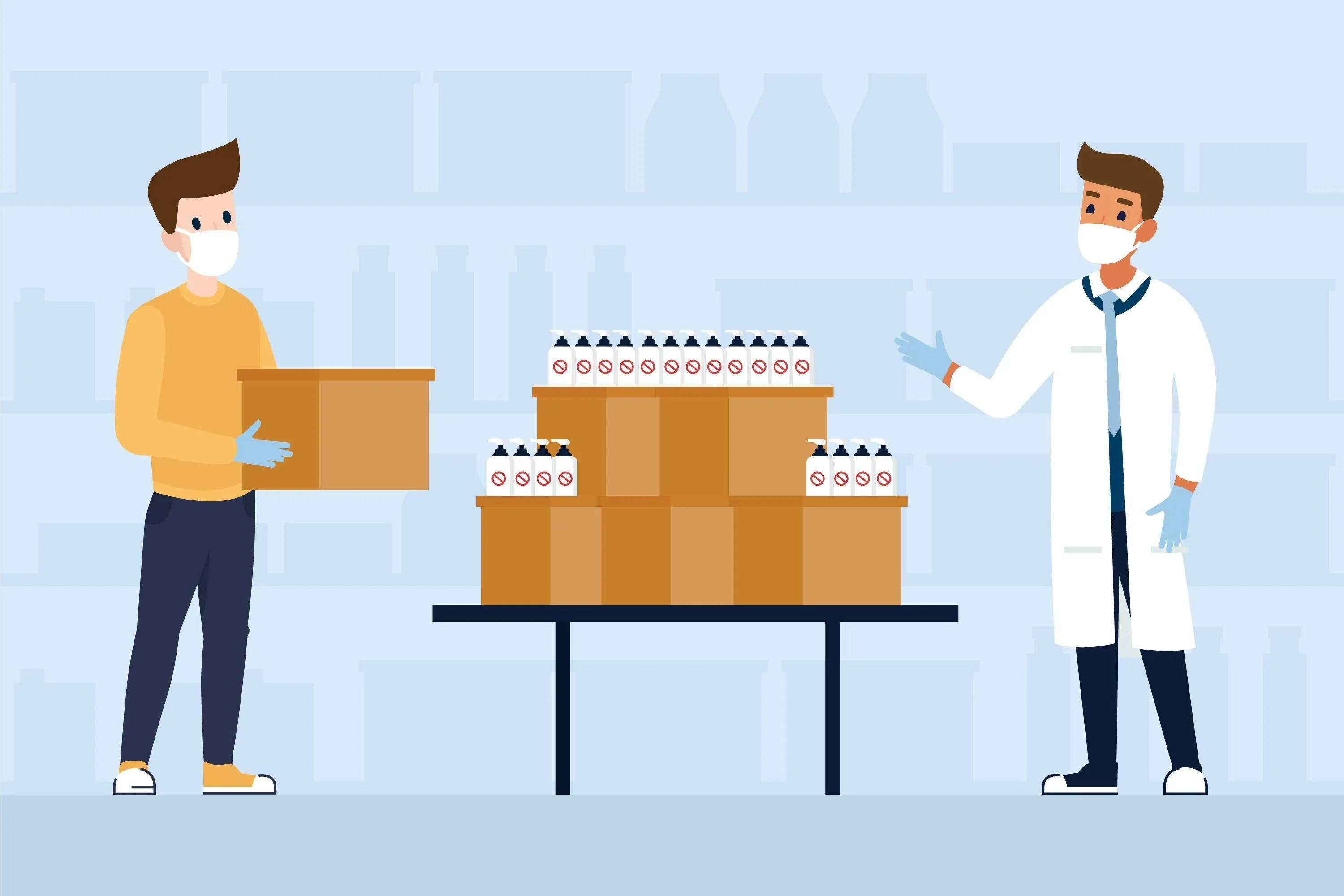With research, production, and distribution frequently taking place across several nations, the pharmaceutical sector is becoming more and more international. This global size creates a great deal of complication, particularly in regards to regulatory compliance, customs clearance, and documentation for cross-border distribution, even though it also offers chances for efficiency and market expansion. Managing these elements effectively is crucial not only for operational success but also for patient safety, regulatory adherence, and supply chain resilience. World BI is organizing Pharma Supply Chain and Logistics Innovation Programme again this year where this topic is going to be discussed.
The High Stakes of Cross-Border Distribution in Pharma
In the pharmaceutical industry, delays in customs or documentation errors can have grave repercussions:
Product expiry during transportation
- Cold chain breaches
- Missed clinical trial timelines
- Regulatory penalties
- Patient risk due to drug shortages
Understanding the Role of Customs in Pharma Supply
For pharmaceuticals, they ensure:
- Compliance with import/export regulations
- Adherence to controlled substances laws
- Enforcement of quality and safety standards
The complexity increases due to:
- Product classifications (HS codes)
- Diverse national regulations
- Strict documentation requirements
- Cold chain and temperature-sensitive products

Each shipment must be meticulously prepared to avoid detainment or rejection.
Key Documentation Required for Cross-Border Pharma Shipments
Accurate and complete documentation is essential to seamless cross-border distribution. Commonly required documents include:
1. Commercial Invoice: Details product type, value, and transaction specifics.
2. Packing List: Lists the contents, weight, and packaging details.
3. Airway Bill (AWB) or Bill of Lading: Acts as a contract and tracking document for the shipment.
4. Certificate of Analysis (CoA): Demonstrates product quality and batch test results.
5. Import/Export Licenses: Regulatory permissions, especially for controlled substances.
6. Certificate of Origin: Required in certain countries for tariff and trade agreement eligibility.
7. Good Manufacturing Practice (GMP) Certificate: Proves that manufacturing complies with regulatory quality standards.
8. Temperature Monitoring Data: Vital for cold chain shipments to prove maintained conditions.
9. Product Registration or Regulatory Approval: Shows local authorities have authorized product entry.
Incomplete or inaccurate documentation is one of the leading causes of customs delays in pharma logistics.
Compliance: Navigating Diverse Regulatory Environments
Every country has its own regulatory body such as the FDA (U.S.), EMA (EU), MHRA (UK), and CDSCO (India) each with unique import/export requirements.
Common Compliance Challenges:
- Inconsistent product classifications
- Local labeling laws
- Data privacy laws (e.g., GDPR) impacting shipping documents
- Import permit delays
- Customs value disputes
Pharma companies must ensure harmonized regulatory knowledge across supply chain teams, local affiliates, and logistics partners.
Best Practices to Simplify Cross-Border Pharma Distribution
1. Implement Centralized Documentation Systems
Use digital platforms and cloud-based document management systems that:
- Store validated templates
- Ensure version control
- Allow for real-time updates
This reduces the risk of outdated or incorrect paperwork being submitted.
2. Partner with Specialized Logistics Providers
Third-party logistics providers (3PLs) and customs brokers with pharma expertise:
- Understand regulatory intricacies
- Maintain up-to-date compliance protocols
- Can expedite clearance via established relationships with customs authorities
3. Standardize Processes Across Markets
Develop global Standard Operating Procedures (SOPs) for documentation and customs handling, while allowing for local customization.
4. Leverage Automation and AI Tools
Use tools that:
- Auto-populate customs forms
- Flag inconsistencies or errors
- Predict delays based on historical data
This improves both speed and accuracy of documentation handling.
5. Use Controlled Temperature Packaging with Built-In Data Logging
Temperature excursions are a key customs concern. Include temperature loggers that:
- Display readable data
- Are approved by regulators
- Reduce hold times for verification
6. Pre-Approval and Advance Clearance
Where possible, leverage pre-clearance programs or work with customs authorities to get prior approval for complex or critical shipments.
7. Maintain a Compliance Calendar
Stay ahead of:
- License renewals
- Regulation changes
- Country-specific holidays that affect clearance timelines
A proactive calendar avoids preventable disruptions.
Clinical Trials: A Special Case in Cross-Border Pharma Logistics
- Multiple shipments to global sites
- Constant protocol amendments
- Unpredictable patient recruitment rates
These factors make documentation even more dynamic. Best practices include:
- Real-time RTSM integration for inventory and label updates
- On-demand labeling and packaging
- Central depots with global reach for faster site delivery
Customs processes must align with trial timelines and patient safety—a missed shipment can mean a missed dose.

The Future: Toward Smarter, Faster, Borderless Pharma Distribution
Global health challenges and digital transformation are accelerating changes in pharma logistics. Future trends include:
- eCTD-based document submissions for regulatory authorities
- Blockchain for immutable shipment documentation
- AI-based customs forecasting and risk scoring
- Digital trade corridors enabling smoother customs processes
- Integrated supply chain platforms linking manufacturing, QA, logistics, and regulatory functions
International Logistics: US and South American Markets
An in-depth examination of the logistics landscape in the United States and South America reveals unique considerations and challenges that businesses must address in their cross-border operations. From regulatory hurdles to infrastructure disparities, the US and South American markets pose distinctive challenges that require tailored strategies for seamless cross-border logistics.
Conclusion
In the pharmaceutical supply chain, navigating customs, compliance, and documentation is now a strategic concern rather than only an operational requirement. Fast, compliant, and robust cross-border distribution is essential in an era of global trials, customized treatments, and patient-centered delivery. By embracing digital tools, building regulatory expertise, and partnering with experienced logistics providers, pharma companies can transform customs clearance from a bottleneck into a competitive advantage.
World BI Pharma Supply Chain and Logistics Innovation Programme
It is a global event uniting pharmaceutical industry leaders, supply chain innovators, and logistics experts to explore advancements in Pharma Supply Chain. Pharma Supply Chain and Logistics Innovation Programme Organized by World BI, this conference focuses on pioneering strategies for optimizing pharmaceutical supply chains, workforce, enhancing logistics efficiencies, and addressing the unique challenges of this critical sector. This platform fosters collaboration and knowledge-sharing to build robust, efficient, and secure supply chains that ensure timely delivery of medicines, patient safety, and operational excellence.